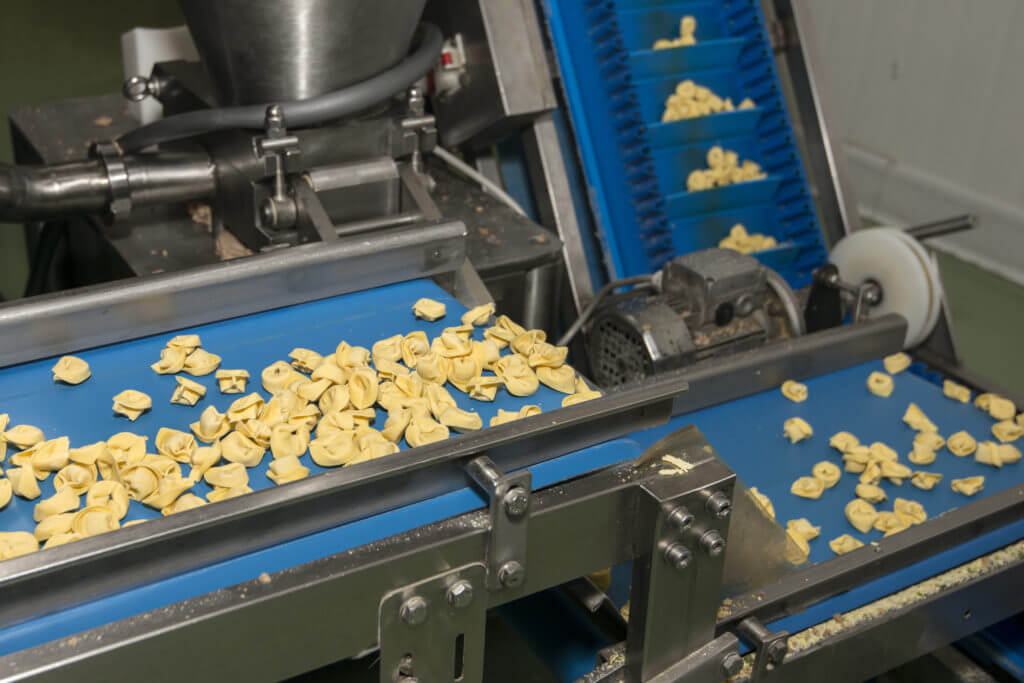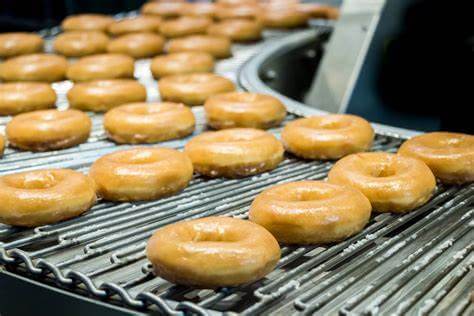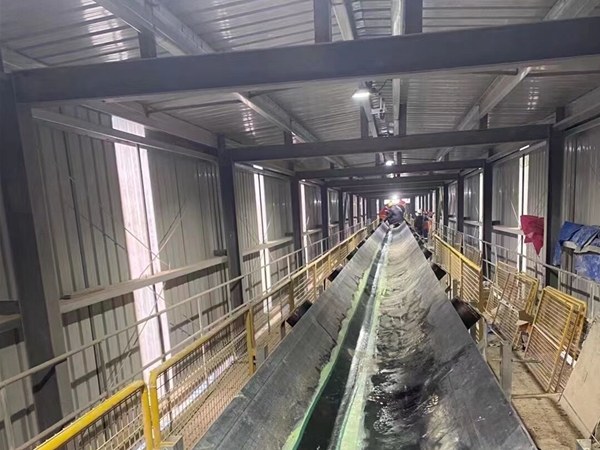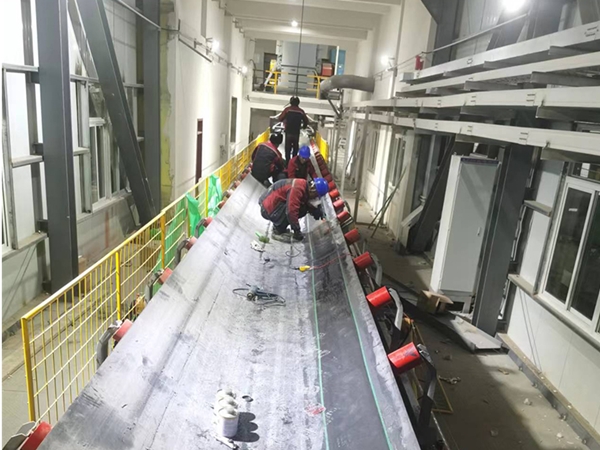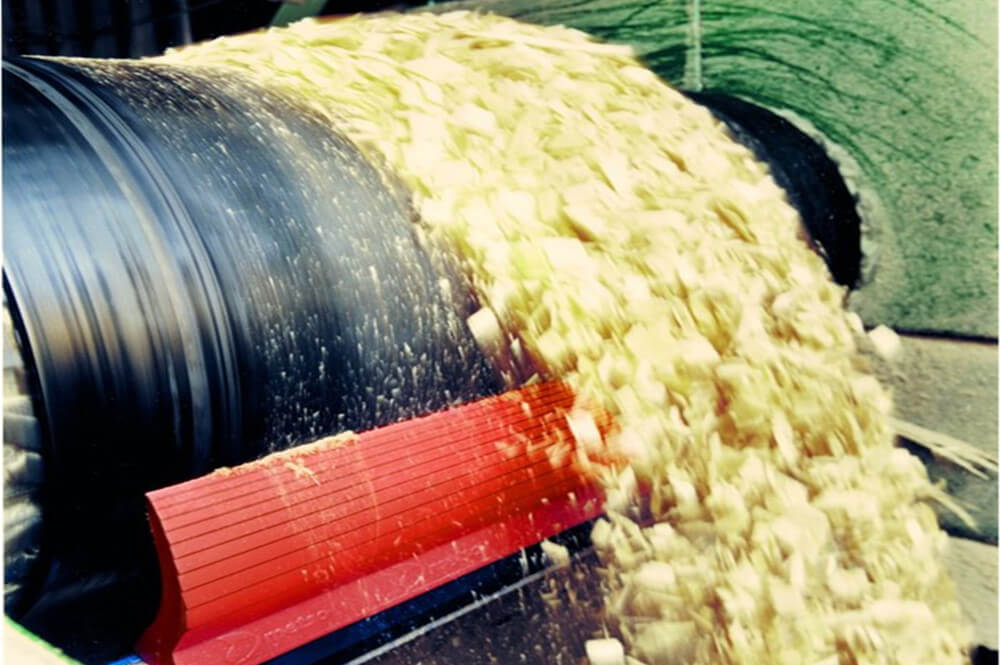The disappearance of the cloth conveyor belt changed the food processing industry. Food processing and packaging industries, which face chemical, thermal, and mechanical challenges every day, are able to deal with conveyor belts made of polyurethane or other thermoplastics. Although food safety issues are still the most important, the introduction and improvement of plastic polymers as conveyor belt materials have made them easier to clean and more resistant to biological and chemical agents. For these and other reasons, food related manufacturers can choose from two different types of conveyor belts for food processing.
In the production and packaging industry, modular plastics and monolithic materials account for the majority of food-grade belt applications. Both are significant improvements of the fabric tape, and the edges of the fabric tape must be encapsulated to prevent abrasion and contamination of food. The choice of modular plastic and monolithic conveyor belts depends largely on the application of your factory. This article will help you decide which one best suits your needs.
1. Monolithic food conveyor belt
By continuously squeezing uniform material, most monolithic belts are actively driven, eliminating the need for friction rollers in most food applications. The tension-free advancement from the active drive belt simplifies the removal and reinstallation process for cleaning and maintenance tasks. It also reduces engineering costs because they can be installed on lighter, less densely designed corpses.
But their biggest feature is clean. Their non-porous surface and one-piece design prevent food particles from staying in places that might attract harmful bacteria. This zero open space ratio makes them the best choice for most applications dealing with unpackaged meat and fruit and vegetable processing.
Rapidly becoming the material of choice for high-care and high-risk food grade conveyor belt applications, monolithic conveyor belts increase their sanitary quality by resisting most corrosive and abrasive cleaning agents. Less infrastructure also makes them the first choice for clean-in-place systems, which reduces downtime between batches.
The polymer structure can resist staining and absorption of water, oil and cross-contaminants. In addition, the structure of the continuous plate makes the belt both strong and flexible.
2. Modular plastic conveyor belt for food
Modular plastic belts consist of interlocking belts or plastic sheets, and are usually driven by sprockets attached to both ends of the conveyor. They get the biggest advantage over monolithic belts from their design options. The size of the modular components can vary according to different applications. The percentage of open space can be modified to meet the standards for transporting packaged meat, raw fruit, baking ingredients, etc. A large open space may be the perfect space for cooling baked goods, while a smaller space is the best space for moving small candies or letting oil out of fried foods.
Although the cracks caused by the interconnection of modular components may create a slightly difficult cleaning environment, the modular plastic conveyor belt has a versatility that cannot be matched by a single-piece bet. The drive system and modularity make these belts a better choice for heavy or heavy load applications. Modular belts can also be routed around curves, tasks that a single piece of belt cannot accomplish.
Belts made of plastic modules can also save the company on maintenance costs. In many cases, broken parts can be disassembled and replaced individually. It is more difficult to repair cuts and tears in a single piece of belt. Damaged belts must be replaced frequently.
3. Conclusion
We are enthusiastic about helping our customers maintain the most efficient, safe and efficient conveying system. With decades of experience, our expert conveyor belt experts can help you determine the best materials, tools, accessories, and settings to meet your workflow needs and specific applications.

